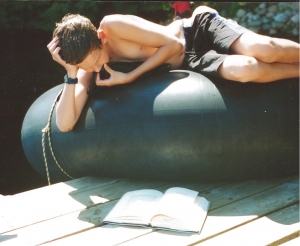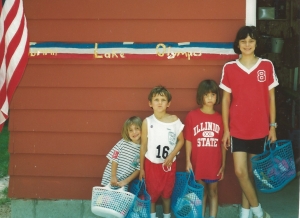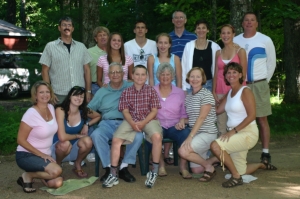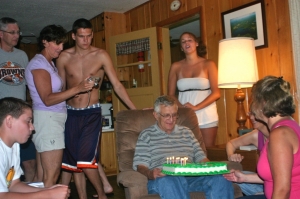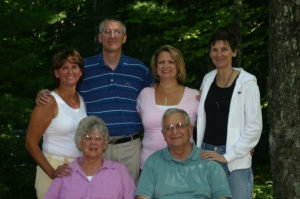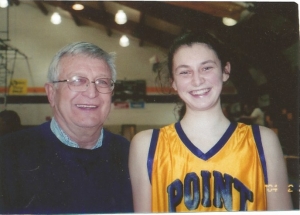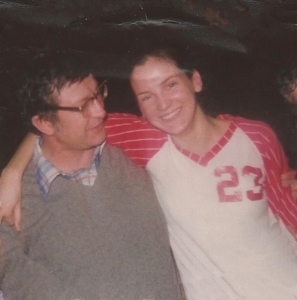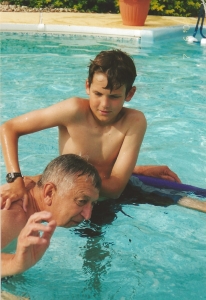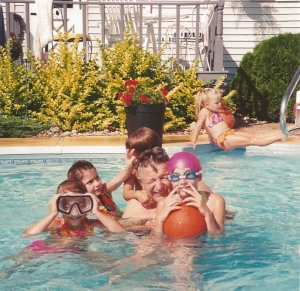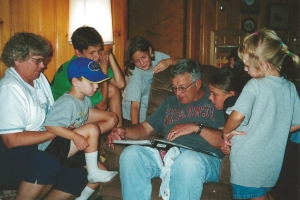 I fell in love with trees at an early age. Even today as I gaze upwards, watching branches sway in the breeze, I wonder if trees could talk what stories they would tell as they watched generations of children grow up under their boughs. The majesty of centuries old trees symbolizes longevity and continuity of life.
I fell in love with trees at an early age. Even today as I gaze upwards, watching branches sway in the breeze, I wonder if trees could talk what stories they would tell as they watched generations of children grow up under their boughs. The majesty of centuries old trees symbolizes longevity and continuity of life.
For someone who grew up spending summers in the Northwoods of Wisconsin, I should be more knowledgeable about trees. Though I can distinguish a birch from a maple, I had no idea the number of species of each: maples –Amur, black, mountain, Norway, red, silver, striped, and sugar; birch – heart leaved, paper, river, weeping, and yellow.
My oh my… ash, beech, elm, locust, oak…sumac, sycamore, walnut, willow there is a tree for nearly every letter in the alphabet and every fruit on the planet –apple, cherry, peach, pear and plum. I am not sure I could identify ONE hawthorn; yet, there are 17 different kinds. Not to mention dozens of different kinds of needled trees like balsam, cedar, hemlock, pine and spruce à go go.
How did I not know this?
Like most people I take trees for granted most of the time, expecting them to shade me in hot, sultry summers and dazzle me with colors in the fall. Perhaps, because of their abundance when I was a child, I overlooked their value.
As an adult my appreciation for trees grew even greater especially when I lived in cities. In Paris, carefully pruned majestic trees lined parks and boulevards, but they rarely grew in the overpopulated apartment blocks where I started raising my family. Even now in Switzerland, trees flourish in the foothills of the mountains, but in urban areas they are more limited.
 Nowhere do trees grow more densely than in the upper Midwest in the forests of Wisconsin and Minnesota. Nowhere is autumn’s festival of colors more brilliant. The soft blending of red, orange, and gold reflected on a lake in autumn looks like an impressionist painting.
Nowhere do trees grow more densely than in the upper Midwest in the forests of Wisconsin and Minnesota. Nowhere is autumn’s festival of colors more brilliant. The soft blending of red, orange, and gold reflected on a lake in autumn looks like an impressionist painting.
No matter where you live taking time to admire the trees is good for you. Europeans have always appreciated health benefits of walking. When I lived in Germany with my college age friends, we used to go spazieren gehen in the woods near our apartments. In France, a Sunday walk through the parks is also a favorite tradition.
Now researchers tout facts that I’ve known for years: walking in nature is good for your health. I have always turned to the trees for solace.
Of course, there is a slight downside to being a tree owner. Homeowners are tasked with burden raking leaves. The pull, turn, and twist movement is not good for a bad back, but on a crisp, sunny fall day with leaves twirling all around, floating to the ground, the beauty of nature makes the work worth the effort.
What about you?
Have you slowed down long enough to hug a tree today?























